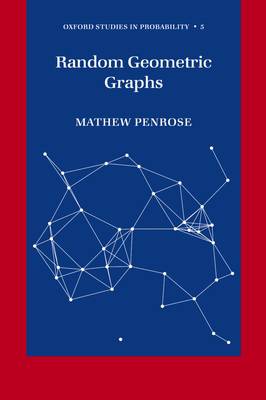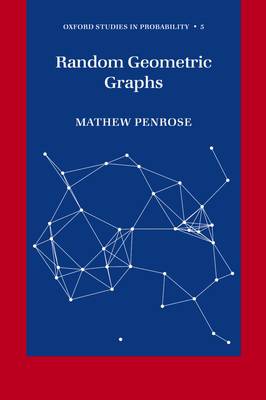
- Afhalen na 1 uur in een winkel met voorraad
- Gratis thuislevering in België vanaf € 30
- Ruim aanbod met 7 miljoen producten
- Afhalen na 1 uur in een winkel met voorraad
- Gratis thuislevering in België vanaf € 30
- Ruim aanbod met 7 miljoen producten
Zoeken
€ 222,45
+ 444 punten
Omschrijving
This monograph provides and explains the mathematics behind geometric graph theory, which studies the properties of a graph that consists of nodes placed in Euclidean space so that edges can be added to connect points that are close to one another. For example, a collection of trees scattered in a forest and the disease that is passed between them, a set of nests of animals or birds on a region and the communication between them or communication between communications stations or nerve cells. Aimed at graduate students and researchers in probability, statistics, combinatorics and graph theory including computer scientists, it covers topics such as: technical tools, edge and component counts, vertex degrees, clique and chromatic number, and connectivity. Applications of this theory are used in the study of neural networks, spread of disease, astrophysics and spatial statistics.
Specificaties
Betrokkenen
- Auteur(s):
- Uitgeverij:
Inhoud
- Aantal bladzijden:
- 344
- Taal:
- Engels
- Reeks:
- Reeksnummer:
- nr. 5
Eigenschappen
- Productcode (EAN):
- 9780198506263
- Verschijningsdatum:
- 3/07/2003
- Uitvoering:
- Hardcover
- Formaat:
- Genaaid
- Afmetingen:
- 159 mm x 239 mm
- Gewicht:
- 625 g

Alleen bij Standaard Boekhandel
+ 444 punten op je klantenkaart van Standaard Boekhandel
Beoordelingen
We publiceren alleen reviews die voldoen aan de voorwaarden voor reviews. Bekijk onze voorwaarden voor reviews.











